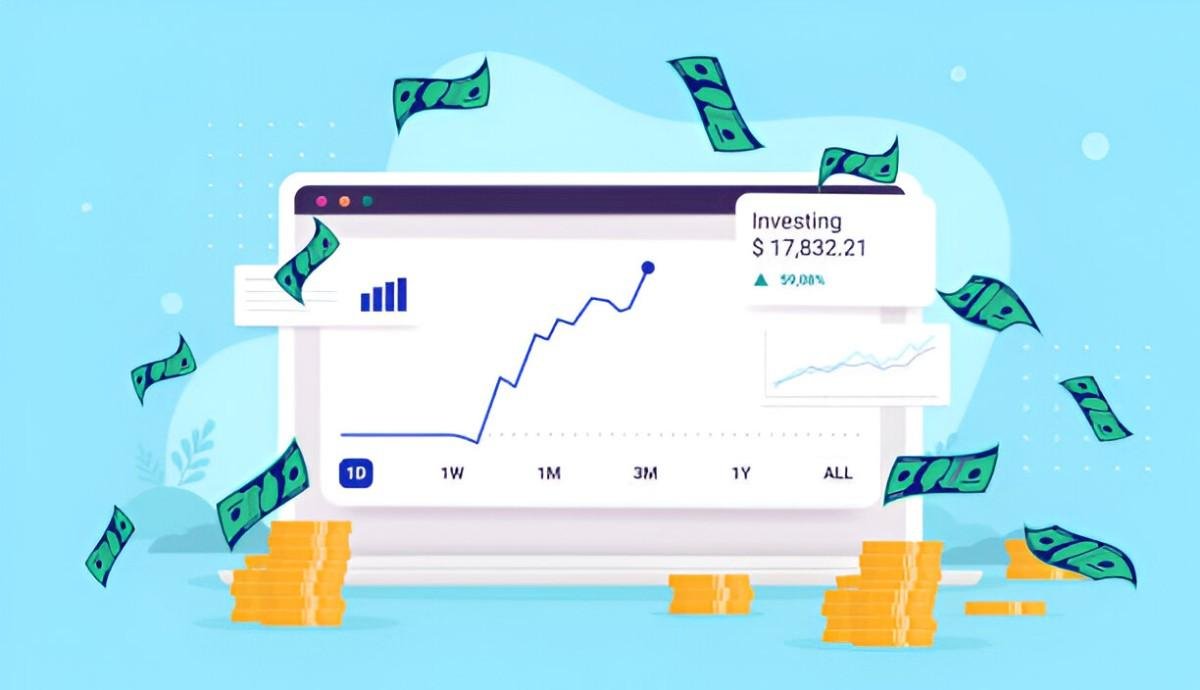As someone who’s analyzed index funds for 15 years, I can tell you that Dow Jones Industrial Average (DJIA) mutual funds occupy a unique – and often misunderstood – space in the investing world. Let me explain exactly how these funds work and when they make sense for investors.
Table of Contents
How Dow-Connected Mutual Funds Operate
Basic Mechanics
These funds aim to replicate the performance of the 30-stock Dow Jones Industrial Average through:
- Full Replication
- Holds all 30 Dow components
- Weighted by price (unlike market-cap indexes)
- Example: SPDR Dow Jones Industrial Average ETF (DIA)
- Enhanced Strategies
- Equal-weighted versions
- Dividend-focused approaches
- “Dow 5” strategies (lowest priced stocks)
Key Characteristics
| Feature | Dow Fund Typical Structure |
|---|---|
| Holdings | 30 large-cap U.S. companies |
| Weighting | Price-weighted (unique among indexes) |
| Turnover | Low (5-10% annually) |
| Sector Exposure | Heavy on financials, healthcare, tech |
| Expense Ratio | 0.10-0.60% |
The Price-Weighting Quirk
The Dow’s unusual methodology means:
- A $500 stock has 10x the impact of a $50 stock
- Stock splits dramatically change weightings
- Doesn’t reflect company size accurately
Example: If Boeing (BA) is $200 and Walmart (WMT) is $50, BA has 4x the influence despite WMT being larger by market cap.
Major Dow-Tracking Mutual Funds
Pure Index Trackers
- SPDR Dow Jones Industrial Average ETF (DIA)
- Expense ratio: 0.16%
- Assets: $30 billion
- Tracks DJIA exactly
- Fidelity Dow Jones Industrial Average Index Fund
- Expense ratio: 0.12%
- Minimum: $0
- Uses sampling approach
Enhanced Strategies
- Invesco Dow Jones Industrial Average Dividend Fund
- Focuses on highest-yielding Dow stocks
- Expense ratio: 0.50%
- Guggenheim Dow Jones Industrial Average Equal Weight
- Gives each stock 3.33% weight
- Rebalances quarterly
Performance Analysis: Dow vs. S&P 500
| Metric | DJIA (20-Year Annualized) | S&P 500 |
|---|---|---|
| Return | 7.8% | 9.2% |
| Volatility | 15.1% | 14.9% |
| Max Drawdown | -53.8% (2007-09) | -56.8% |
Data through 2023; includes dividends
Key Insight: The Dow has underperformed the S&P 500 by 1.4% annually over 20 years, with similar risk.
Who Should Consider Dow Funds?
Appropriate For
- Investors seeking blue-chip exposure
- Those who want lower volatility than tech-heavy indexes
- Dividend-focused portfolios
Poor Fit For
- Investors needing broad market exposure
- Those concerned about price-weighting quirks
- Anyone wanting small/mid-cap representation
The Hidden Costs of Dow Investing
- Concentration Risk
- Just 30 stocks vs. 500+ in S&P 500
- No exposure to fast-growing non-Dow companies
- Sector Imbalances
- Overweight in certain industries
- Underweight in others like tech (despite Apple, Microsoft)
- Alternative Options
- S&P 500 funds are cheaper (0.03% vs 0.16%)
- Total market funds offer more diversification
My Professional Recommendation
While Dow funds provide a simple way to own America’s most iconic companies, I typically recommend:
- Using as a complement (5-15% of portfolio)
- Pairing with S&P 500 for better diversification
- Choosing the lowest-cost option (avoid funds >0.20%)





